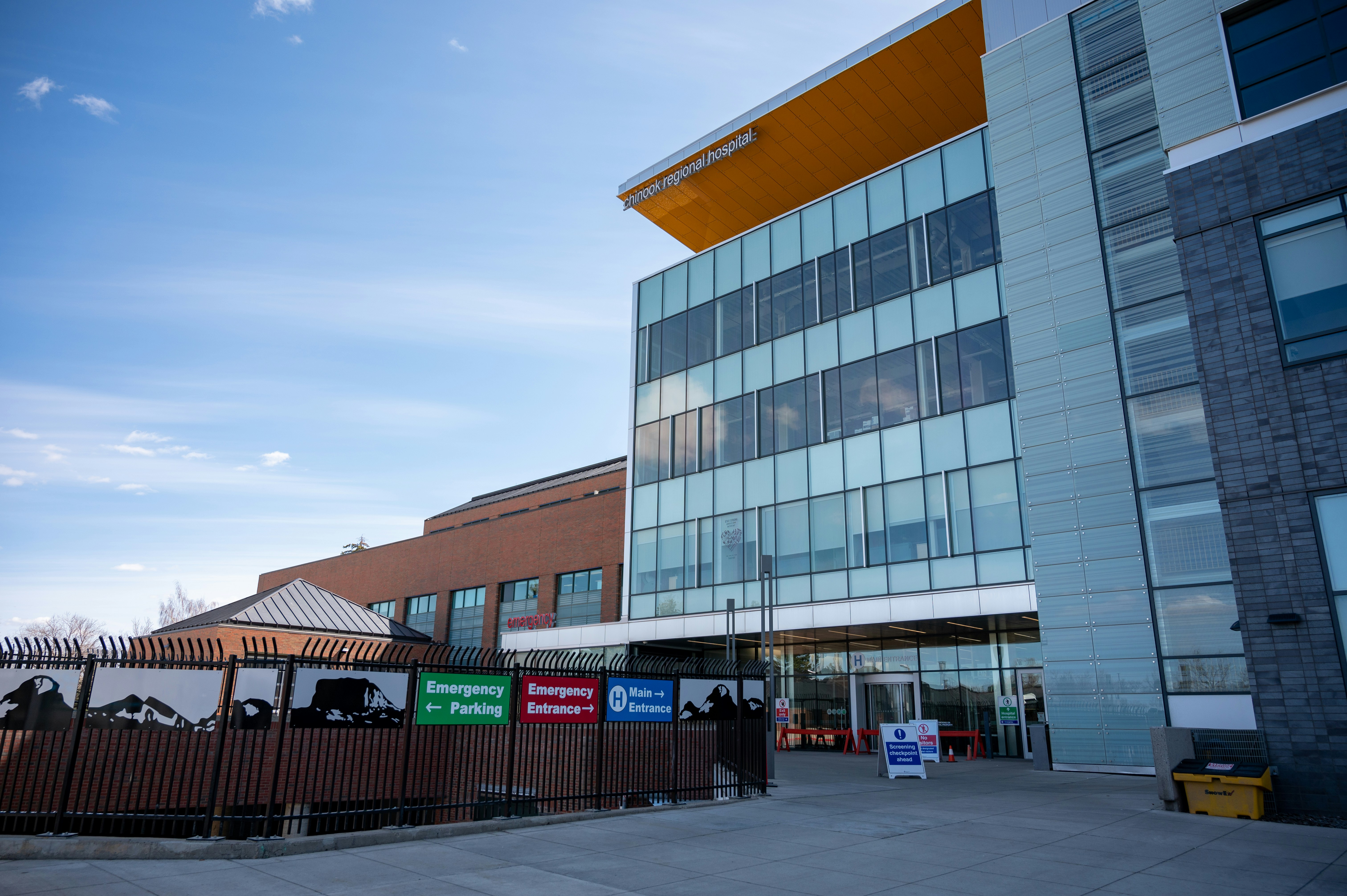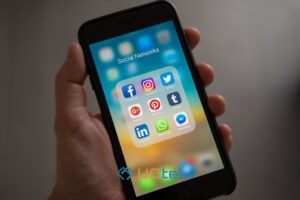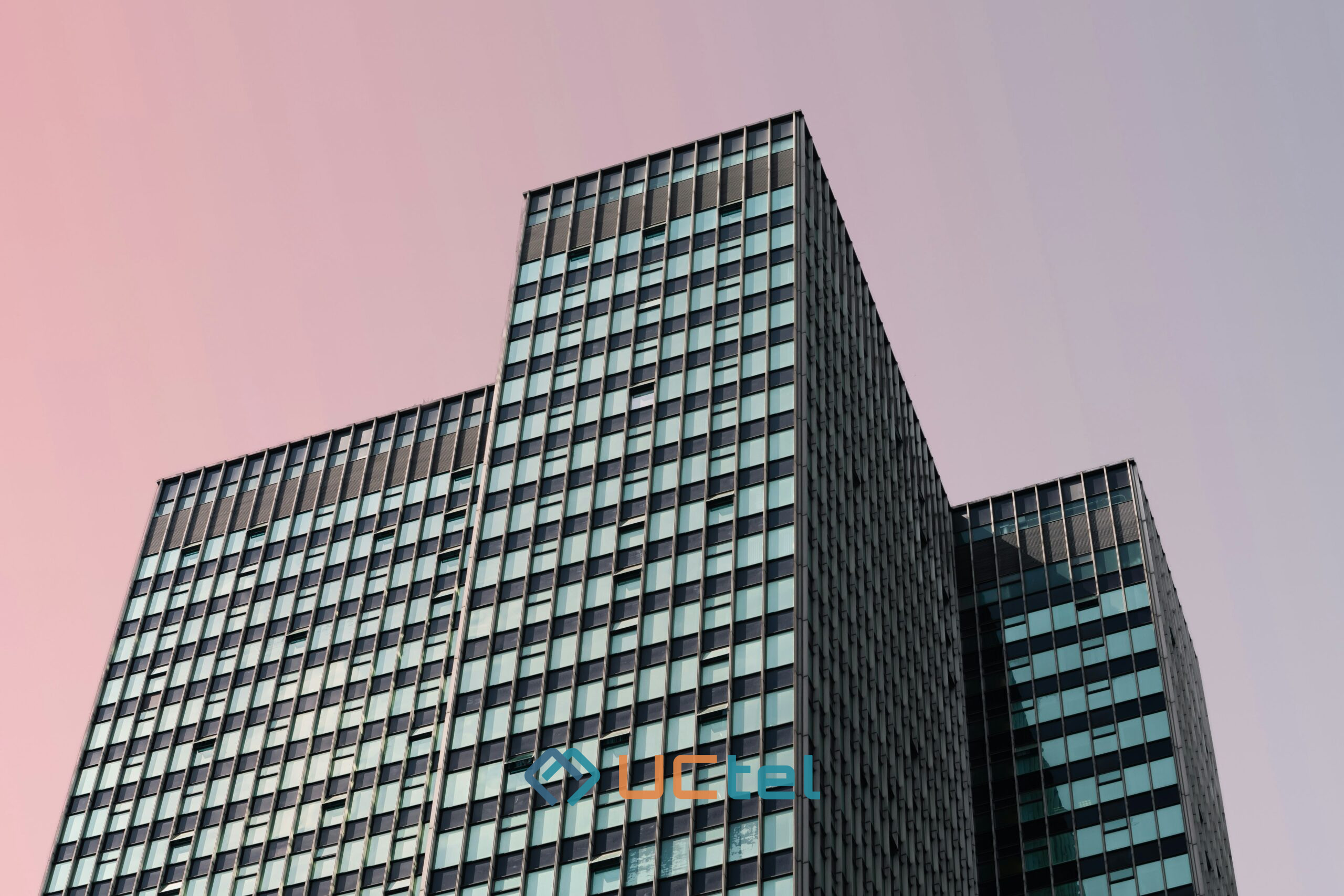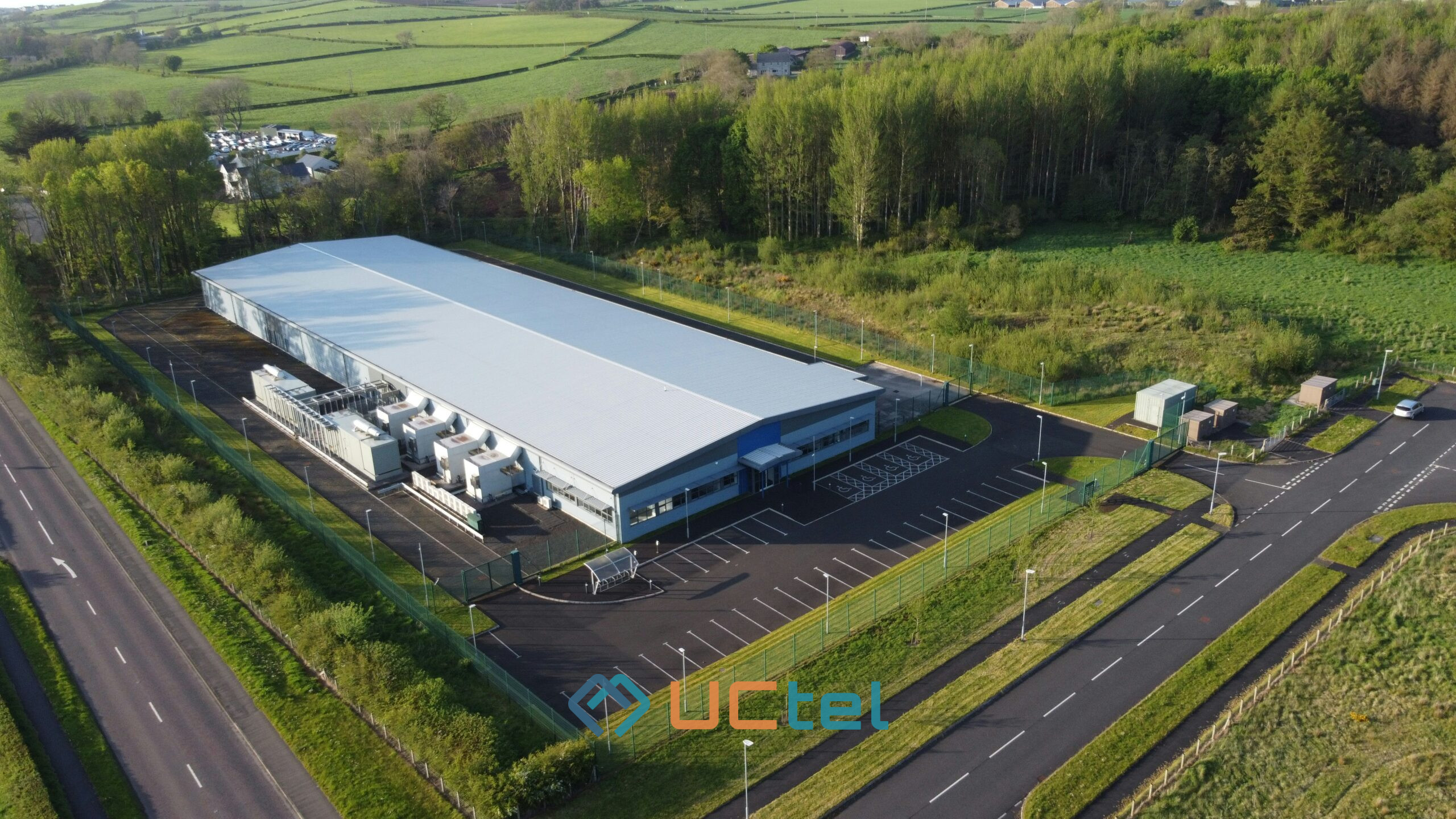
Hospital Signal Booster Solutions for Improved Mobile Service in Medical Centers
Table of contents
- 1. Why medical facilities struggle with poor mobile reception
- 2. Essential benefits of strong mobile coverage in healthcare settings
- 3. Enhancing patient and family communication through better signal
- 4. Improving hospital staff efficiency with reliable connectivity
- 5. Signal booster technology solutions for healthcare facilities
- 6. Zone-by-zone implementation strategy for large medical centers
- 7. Professional installation and real-world healthcare results
Modern healthcare facilities face critical mobile connectivity challenges that directly impact patient care and operational efficiency. Hospital buildings constructed with steel reinforcement, concrete walls, and energy-efficient windows create significant barriers to mobile signals from external mobile towers.
These architectural necessities for structural integrity and energy conservation inadvertently block crucial mobile communication pathways throughout medical centers. Complex multi-story layouts with specialized departments further complicate signal propagation, creating dead zones where reliable connectivity becomes impossible.
A hospital signal booster emerges as the primary technological solution for overcoming these pervasive connectivity issues in healthcare environments. These sophisticated systems capture weak outdoor mobile signals and amplify them throughout hospital interiors, ensuring consistent coverage across all critical areas. By addressing signal attenuation problems systematically, hospital signal boosters enable seamless communication between medical professionals, patients, and their families during crucial moments of care.

Signal Rooter
Why medical facilities struggle with poor mobile reception
Hospital architecture presents unique challenges for mobile signal penetration due to construction materials specifically chosen for durability and safety. Steel beams, concrete walls, and brick facades effectively attenuate radio frequencies from nearby mobile towers, creating significant signal degradation throughout medical facilities. Energy-efficient windows with metallic coatings further compound these issues by reflecting mobile waves away from building interiors.
- Steel reinforcement in concrete structures blocks radio frequency transmission
- Multi-layered wall construction with insulation materials absorbs mobile signals
- Metallic window films and low-emissivity glass reflect mobile carrier frequencies
- Underground parking areas and basement facilities receive virtually no outdoor signal
Complex hospital layouts with interconnected wings, multiple floors, and specialized departments create additional coverage challenges for mobile networks. Radiological laboratories lined with lead shielding completely block mobile signals to protect patients and staff from radiation exposure. Emergency departments, operating theaters, and intensive care units often suffer from poor connectivity due to their interior locations and specialized construction requirements.
- Lead-lined radiology departments eliminate all mobile signal penetration
- Below-ground laboratory facilities experience complete signal isolation
- Interior corridors and patient rooms lack direct exposure to external towers
- Elevator shafts and stairwells create vertical dead zones throughout buildings
These architectural barriers compound to create spotty service throughout healthcare facilities, leaving critical areas without reliable mobile connectivity when communication becomes most essential for patient safety and care coordination.
Essential benefits of strong mobile coverage in healthcare settings
Reliable mobile communication plays a fundamental role in preventing medical errors and ensuring optimal patient outcomes. Research indicates that up to 80% of serious medical errors result from miscommunication during patient handoffs between healthcare professionals. Strong mobile signal strength enables real-time coordination between doctors, nurses, and specialists throughout medical facilities, facilitating instant consultations and immediate access to critical patient information.
- Emergency situations require immediate communication without signal delays or dropped calls
- Mobile electronic health record applications need consistent connectivity for real-time updates
- Telemedicine consultations depend on reliable mobile networks for video conferences
- Connected medical devices require stable signals for continuous patient monitoring
Emergency response coordination becomes significantly more effective with comprehensive mobile coverage throughout healthcare facilities. First responders, medical staff, and emergency coordinators can communicate instantly during critical situations, ensuring appropriate responses and reducing response times.
Modern hospitals increasingly rely on connected medical devices and Internet of Things applications that require consistent mobile network connectivity.
- Instant sharing of patient data and diagnostic test results between departments
- Remote monitoring devices transmit vital signs continuously to nursing stations
- Mobile telehealth sessions connect patients with off-site specialists
- Critical alert systems notify appropriate personnel immediately during emergencies
Mobile connectivity supports modern healthcare operations by enabling seamless integration of mobile technology into daily medical procedures, ultimately improving patient safety and care quality across all hospital departments.
Enhancing patient and family communication through better signal
Strong mobile signals provide essential emotional support channels for patients during hospital stays by enabling consistent contact with loved ones. This connectivity becomes particularly crucial for long-term patients who may remain hospitalized for weeks or months, helping reduce stress and anxiety through maintained family relationships. Patients can receive emotional encouragement, stay updated on family matters, and maintain social connections that contribute significantly to their overall well-being and recovery process.
- Family members provide emotional support during difficult treatment periods
- Long-distance relatives receive real-time updates about patient conditions
- Children can video chat with hospitalized parents to maintain family bonds
- Elderly patients stay connected with grandchildren and extended family
Family communication becomes streamlined when relatives can receive updates directly from patients in their rooms rather than relying solely on scheduled calls from medical staff. Waiting room areas with reliable coverage allow families to coordinate care decisions, communicate with out-of-town relatives, and manage work responsibilities while supporting hospitalized loved ones.
- Families coordinate care decisions and treatment options through group communications
- Out-of-town relatives receive immediate updates about patient progress
- Emergency contact notifications reach family members instantly
- Care coordination between multiple family caregivers becomes more efficient
Additional benefits include patient access to health information resources and language translation applications when professional interpreters are unavailable. This technological accessibility helps patients better understand their conditions, treatment options, and discharge instructions, ultimately improving health literacy and treatment compliance.
Improving hospital staff efficiency with reliable connectivity
Hospital staff require efficient communication systems for quick decision-making, especially during emergency situations where every second impacts patient outcomes. Signal boosters eliminate the need for staff members to relocate throughout buildings to find reliable mobile coverage, saving valuable time during critical patient care moments. This consistent connectivity enables immediate consultation with specialists, rapid coordination of treatment plans, and instant communication between departments.
- Nurses can instantly contact physicians for urgent patient status updates
- Emergency department staff coordinate with trauma surgeons without delay
- Laboratory technicians communicate critical test results immediately
- Pharmacy staff verify medication orders and potential interactions quickly
Reliable mobile connectivity improves overall operational efficiency by enabling staff to communicate effectively during routine duties and break periods. Healthcare professionals can maintain professional communications without walking to specific building areas where signals are stronger, allowing them to remain available for patient care responsibilities while staying connected with colleagues and family members.
- Rapid response teams receive instant notifications during medical emergencies
- Shift changes become more efficient with immediate handoff communications
- On-call physicians can be reached immediately regardless of their location
- Department heads coordinate staffing changes and resource allocation quickly
Enhanced staff communication directly translates to improved patient outcomes through faster response times, better care coordination, and reduced delays in critical treatment decisions. Medical teams can function more cohesively when communication barriers are eliminated throughout healthcare facilities.
Signal booster technology solutions for healthcare facilities
Passive DAS systems
Passive distributed antenna systems capture existing outdoor mobile signals and amplify them throughout hospital interiors using strategically placed antennas, amplifiers, and coaxial cable networks. Installation can be completed within weeks rather than months, requiring no direct carrier connections or lengthy approval processes.
- Multi-carrier support amplifies signals from all major mobile providers simultaneously
- Customizable coverage patterns address specific hospital zone requirements
- Remote monitoring capabilities enable proactive system maintenance
- Channelization technology maximizes signal strength in challenging environments
Active DAS solutions
Active DAS systems connect directly to carrier networks, converting radio signals into digital format for distribution via fiber optic or Ethernet cables throughout large medical centers. Installation timelines extend to months or years due to complex carrier approval requirements and sophisticated installation procedures.
- Direct carrier connections ensure maximum possible signal strength
- Fiber optic distribution supports longer cable runs across large facilities
- Higher user capacity accommodates busy hospital communication demands
- Professional commissioning ensures optimal performance in healthcare environments
Hybrid DAS options
Hybrid DAS systems combine active DAS performance with passive DAS simplicity, using fiber or Ethernet distribution while relying on off-air signal capture rather than direct carrier connections. This approach reduces installation complexity and costs while providing faster deployment than full active systems.
Zone-by-zone implementation strategy for large medical centers
The zone-by-zone approach effectively addresses mobile coverage challenges in large healthcare facilities by deploying multiple independent signal booster systems throughout different hospital areas. This methodology proves particularly suitable for medical centers spanning 2,323–18,581 square meters, allowing incremental installation of coverage systems without disrupting ongoing medical operations. Each zone receives dedicated equipment optimized for its specific coverage requirements and usage patterns.
- Independent systems can be installed one zone at a time
- Consistent signal strength maintained throughout the entire hospital premises
- Different zones can have customized coverage patterns
- Maintenance and upgrades can be performed on individual zones
Hospital campuses with multiple wings and buildings benefit significantly from zone-by-zone implementation strategies. This approach allows selective signal enhancement in appropriate areas while maintaining signal restrictions in sensitive zones where mobile interference might affect medical equipment or procedures. Common areas like cafeterias, waiting rooms, and patient wards receive full coverage while maintaining necessary restrictions in operating theaters and specialized treatment areas.
- Patient care areas receive priority coverage for communication needs
- Administrative zones get dedicated systems for office productivity
- Emergency departments receive enhanced coverage for critical communications
- Visitor areas including cafeterias and waiting rooms get comprehensive coverage
This strategic implementation enables phased deployment that accommodates hospital budgets while ensuring critical areas receive immediate coverage improvements. Medical facilities can prioritize zones based on communication needs and patient safety requirements.
Professional installation and real-world healthcare results
Installation process and site assessment
Professional installation begins with comprehensive site surveys using specialized mobile signal meters to identify areas with weakest and strongest signal reception throughout hospital facilities. Technical experts analyze building materials, floor plans, and existing mobile infrastructure to develop customized installation strategies. Signal strength mapping models how mobile waves propagate through medical center spaces, accounting for architectural obstacles and interference sources.
- Mobile signal meters measure existing coverage throughout all hospital zones
- Building material analysis determines signal attenuation factors
- Optimal antenna placement maximizes coverage while avoiding interference
- Custom cable routing plans minimize installation disruption to medical operations
Proven results in healthcare facilities
Multiple healthcare facilities have achieved significant connectivity improvements through professional signal booster installations. Medical centers previously experiencing little to no mobile coverage now provide consistent service throughout their facilities. Installation timeframes typically range from several days to a few weeks, depending on facility size and complexity.
- Surgery centers achieve wall-to-wall coverage within three business days
- Multi-story hospitals gain consistent signals across all floors and departments
- Emergency departments eliminate communication dead zones during critical situations
- Patient rooms provide reliable connectivity for family communication needs
Long-term reliability characterizes properly installed systems, requiring minimal maintenance once operational. Periodic system checks ensure continued optimal performance, with occasional antenna adjustments or technical support addressing any performance changes over time.
Contact us today to discuss your hospital’s needs and get a personalized quote for a reliable signal booster solution.









